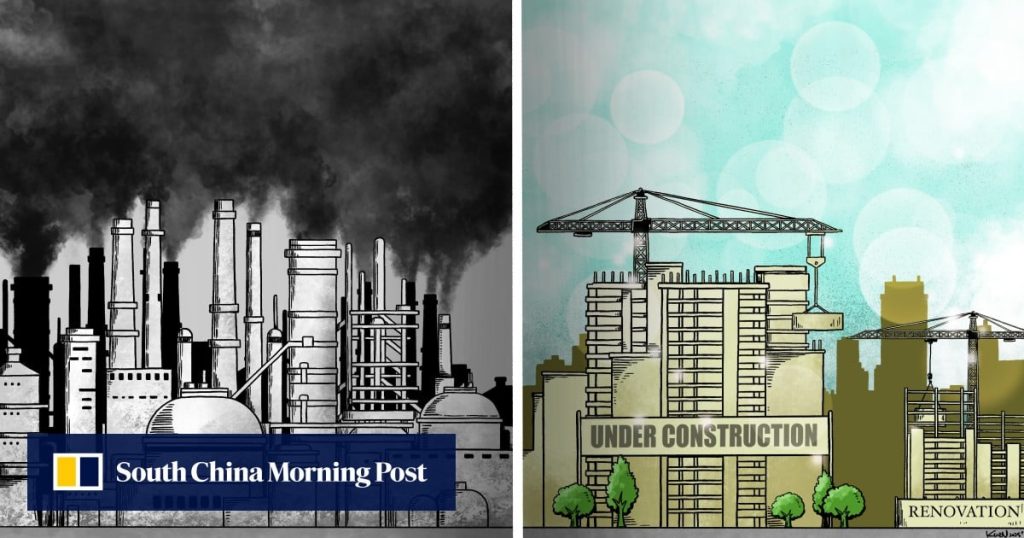Few areas of China reflect the country’s decades-long economic transformation more vividly than its cities. Rapid development has made villages into dense urban landscapes and already sizeable metro areas into some of the world’s largest population centres. As the rate of urbanisation slows and the country transitions into a new economic era, we explore how select Chinese cities are navigating the change.
Built in the 1960s on the upper reaches of the Yangtze River, the city in Sichuan province drew workers from across the nation to fuel China’s industrial ambitions. Six decades later, its economy, once mirroring Pittsburgh’s in the United States, still relies on the iron ore buried in its hills – home to Pangang Group, western China’s largest steel enterprise – even as it pursues a cleaner, more diversified future.
Today, Panzhihua has a population of about 1.2 million, a broader range of industries and a greener environment. Named after a type of kapok flower, the city is working to avoid a “rust belt”-style decline – though the transition is not without challenges. According to researchers and local residents, it continues to grapple with a narrow industrial base, limited innovation capacity and difficulties attracting talent.
“China’s many resource-dependent cities – whether reliant on coal, oil, steel or non-ferrous metals – were key tools of productivity in the planned economy era. But after decades of development, many face the dilemma of resource depletion,” said Song Yingchang, a researcher at the Chinese Academy of Social Sciences.
“Panzhihua is a microcosm of China’s urbanisation shift, from ‘industry-driven city-building’ to ‘people-centred’ development,” he added, while cautioning that so far, few cities attempting this transition have achieved complete success.


